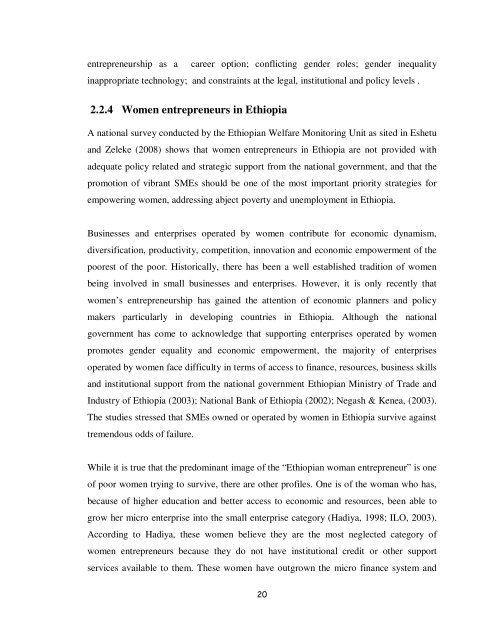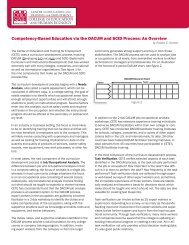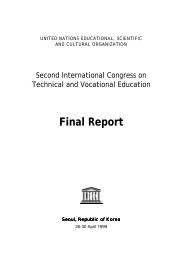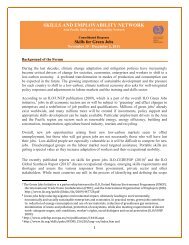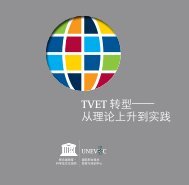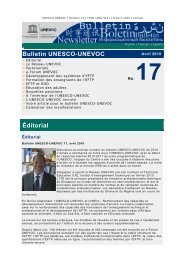FACTORS AFFECTING THE PERFORMANCE OF WOMEN ENTREPRENEURS IN MICRO ...
FACTORS AFFECTING THE PERFORMANCE OF WOMEN ENTREPRENEURS IN MICRO ...
FACTORS AFFECTING THE PERFORMANCE OF WOMEN ENTREPRENEURS IN MICRO ...
Create successful ePaper yourself
Turn your PDF publications into a flip-book with our unique Google optimized e-Paper software.
entrepreneurship as a career option; conflicting gender roles; gender inequality<br />
inappropriate technology; and constraints at the legal, institutional and policy levels .<br />
2.2.4 Women entrepreneurs in Ethiopia<br />
A national survey conducted by the Ethiopian Welfare Monitoring Unit as sited in Eshetu<br />
and Zeleke (2008) shows that women entrepreneurs in Ethiopia are not provided with<br />
adequate policy related and strategic support from the national government, and that the<br />
promotion of vibrant SMEs should be one of the most important priority strategies for<br />
empowering women, addressing abject poverty and unemployment in Ethiopia.<br />
Businesses and enterprises operated by women contribute for economic dynamism,<br />
diversification, productivity, competition, innovation and economic empowerment of the<br />
poorest of the poor. Historically, there has been a well established tradition of women<br />
being involved in small businesses and enterprises. However, it is only recently that<br />
women’s entrepreneurship has gained the attention of economic planners and policy<br />
makers particularly in developing countries in Ethiopia. Although the national<br />
government has come to acknowledge that supporting enterprises operated by women<br />
promotes gender equality and economic empowerment, the majority of enterprises<br />
operated by women face difficulty in terms of access to finance, resources, business skills<br />
and institutional support from the national government Ethiopian Ministry of Trade and<br />
Industry of Ethiopia (2003); National Bank of Ethiopia (2002); Negash & Kenea, (2003).<br />
The studies stressed that SMEs owned or operated by women in Ethiopia survive against<br />
tremendous odds of failure.<br />
While it is true that the predominant image of the “Ethiopian woman entrepreneur” is one<br />
of poor women trying to survive, there are other profiles. One is of the woman who has,<br />
because of higher education and better access to economic and resources, been able to<br />
grow her micro enterprise into the small enterprise category (Hadiya, 1998; ILO, 2003).<br />
According to Hadiya, these women believe they are the most neglected category of<br />
women entrepreneurs because they do not have institutional credit or other support<br />
services available to them. These women have outgrown the micro finance system and<br />
20


